Top 10 High Fat Foods to Avoid

Fat is an essential macronutrient with a range of important functions, including insulating the body, helping us absorb vitamins and acting as an energy store.
We all need to consume fat, it is an essential part of a balanced diet. Not all fats are created equal, however, and reducing your consumption of the less healthy types (trans fats and saturated fats) is extremely beneficial to health, especially when these are replaced with healthy unsaturated fats. In particular, unsaturated fats can reduce your risk of cardiovascular disease and other conditions associated with inflammation in the body, such as rheumatoid arthritis.
While there are healthy sources of fat you should be eating, all the foods on this list should be avoided, or at least limited to a very occasional treat.
Each gram of fat contains 9 calories, making it the most calorie-dense nutrient, and eating too much can therefore lead to weight gain.
The foods on this list contain unhealthy sources of fats, to be avoided or at least limited to a very occasional treat.
Of all the fats listed below, trans-fats are the most damaging to health and should be avoided. Read ingredient labels and avoid any trans or partially hydrogenated fats or oils.
High-fat foods to avoid include fast foods, whipped cream, fatty meats, fried foods, fatty snacks, processed meats, desserts, fatty salad dressings, animal fats, and trans-fats. (1) The daily value (DV) for fat is 78 grams per day. (2)
For more information, see the article on healthy high fat foods to eat, foods high in omega 3 fats, and the complete ranking of 200 foods high in fat.
-
 1. Fast Foods (Burger King Double Whopper With Cheese)
1. Fast Foods (Burger King Double Whopper With Cheese)
Fat
per BurgerFat
per 100gFat
per 200 Calories68g
(87% DV)17g
(22% DV)13g
(16% DV)More Fast Foods High in Fat
- 64g (82% DV) in McDonald's Deluxe Breakfast
- 49g (63% DV) in a Taco Bell Taco Salad
- 37g (48% DV) in a Croissant with Egg, Cheese, and Sausage
See all fast foods high in fat.
-
 2. Whipped Cream
2. Whipped Cream
Fat
per Cup WhippedFat
per 100gFat
per 200 Calories37g
(48% DV)31g
(40% DV)21g
(27% DV)More High Fat Dairy to Avoid
- 21g (27% DV) in a 100 gram ice-cream cone
- 11g (14% DV) per oz of whipping cream
- 11g (14% DV) per cup of eggnog
-
 3. Beef Short Ribs
3. Beef Short Ribs
Fat
per 3ozFat
per 100gFat
per 200 Calories36g
(46% DV)42g
(54% DV)18g
(23% DV)More High Fat Meats
- 41g (52% DV) in a 5oz rack of pork ribs
- 36g (46% DV) per 3oz of beef short ribs
- 32g (41% DV) in a 6oz pork chop with fat
- 20g (26% DV) in a 5oz roast chicken thigh
- 14g (18% DV) in a 3oz roasted chicken wing
See all meats high in fat.
-
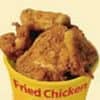 4. Fried Foods (Fried Chicken)
4. Fried Foods (Fried Chicken)
Fat
in 1 Chicken BreastFat
per 100gFat
per 200 Calories35g
(45% DV)17g
(21% DV)12g
(16% DV)More Fried Foods High in Fat
- 9g (11% DV) in 10 medium fired onion rings
- 3.5g (5% DV) in 10 French fries
-
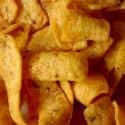 5. Fatty Snacks (Corn Chips)
5. Fatty Snacks (Corn Chips)
Fat
per CupFat
per 100gFat
per 200 Calories29g
(38% DV)33g
(43% DV)12g
(15% DV)More Unhealthy High Fat Snacks
- 10g (13% DV) per oz of potato chips (crisps)
- 9g (11% DV) per oz of plantain chips
See all the list of all high fat snacks.
-
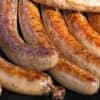 6. Processed Meats (Brautwurst Sausage)
6. Processed Meats (Brautwurst Sausage)
Fat
per SausageFat
per 100gFat
per 200 Calories25g
(32% DV)29g
(37% DV)18g
(22% DV)More High Fat Processed Meats
- 39g (50% DV) per 3oz of pepperoni
- 25g (32% DV) in a 3.5oz slice of bologna
- 13g (16% DV) in 3 slices of bacon
-
 7. Desserts (Dulce De Leche)
7. Desserts (Dulce De Leche)
Fat
per CupFat
per 100gFat
per 200 Calories22g
(29% DV)7g
(9% DV)5g
(6% DV)More Confections High in Fat
- 32g (41% DV) in 1/2 cup of chocolate mousse
- 28g (35% DV) in a slice of chocolate cake with frosting
- 21g (27% DV) in a 4oz cream filled eclair
- 13g (16% DV) in a piece of blueberry pie
See all sweets high in fat, and all baked foods high in fat.
-
 8. Salad Dressing
8. Salad Dressing
Fat
per 2fl OzFat
per 100gFat
per 200 Calories19g
(24% DV)32g
(40% DV)20g
(25% DV)Avoid creamy dressings and simply use olive oil, lemon juice, vinegar, and fresh herbs. Be sure to watch the sugar content of low-fat dressings.
-
 9. Animal Fat (Lard)
9. Animal Fat (Lard)
Fat
per TblspFat
per 100gFat
per 200 Calories13g
(16% DV)100g
(128% DV)22g
(28% DV)Choose plant oils high in omega 3 fats over animal fats. Fish oils are also a good choice.
-
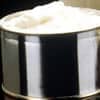 10. Transfats (Margarine)
10. Transfats (Margarine)
Fat
per TblspFat
per 100gFat
per 200 Calories11g
(15% DV)81g
(103% DV)23g
(29% DV)No fat is more damaging to cardiovascular health than trans-fats. Trans-fats became popular for extending the shelf life of foods, however, they are slowly being phased out of use due to their damaging health effects.
Check ingredient labels and avoid any foods with trans-fats or partially hydrogenated fats. While margarine is listed here, not all margarine is high in trans-fats. Again, check ingredient labels.
Printable One Page Sheet
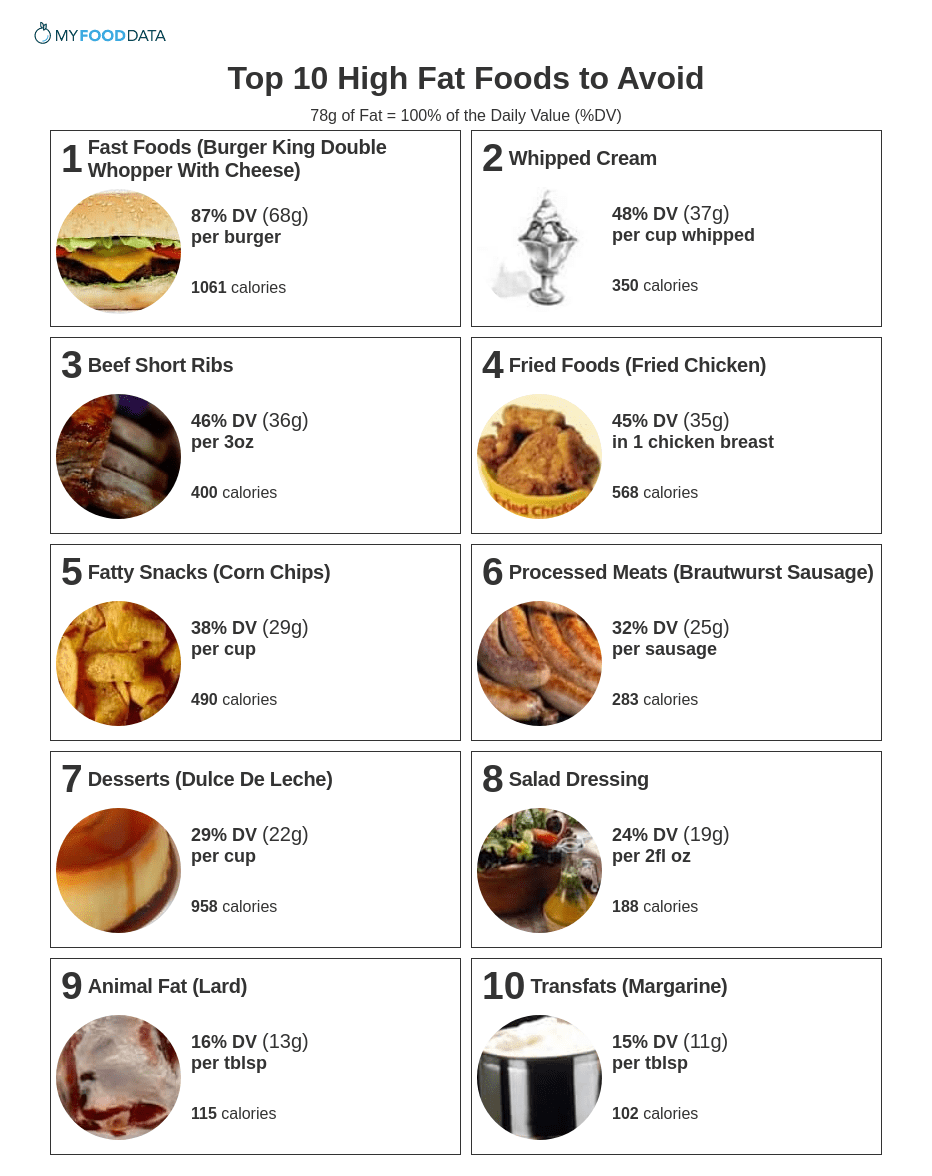
From the Nutrient Ranking Tool
Use the ranking tool links below to select foods and create your own food list to share or print.
- Foods High in Fat
- Foods Low in Fat
- Vegetables High in Fat
- Fruits High in Fat
- Vegetarian Foods High in Fat
- Nuts High in Fat
- Grains High in Fat
- Beans High in Fat
- Dairy High in Fat
- Breakfast Cereals High in Fat
- Fast Foods High in Fat
View more nutrients with the nutrient ranking tool, or see ratios with the nutrient ratio tool.
Related
Data Sources and References
Try the recipe nutrition calculator, or daily meal planner.
Create a free account to log and track foods.

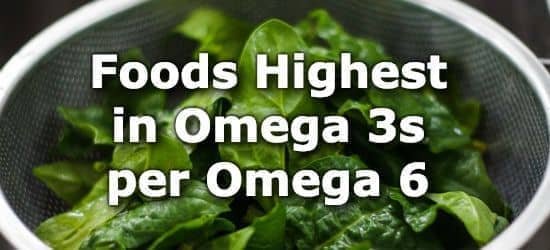 Next ➞
Next ➞